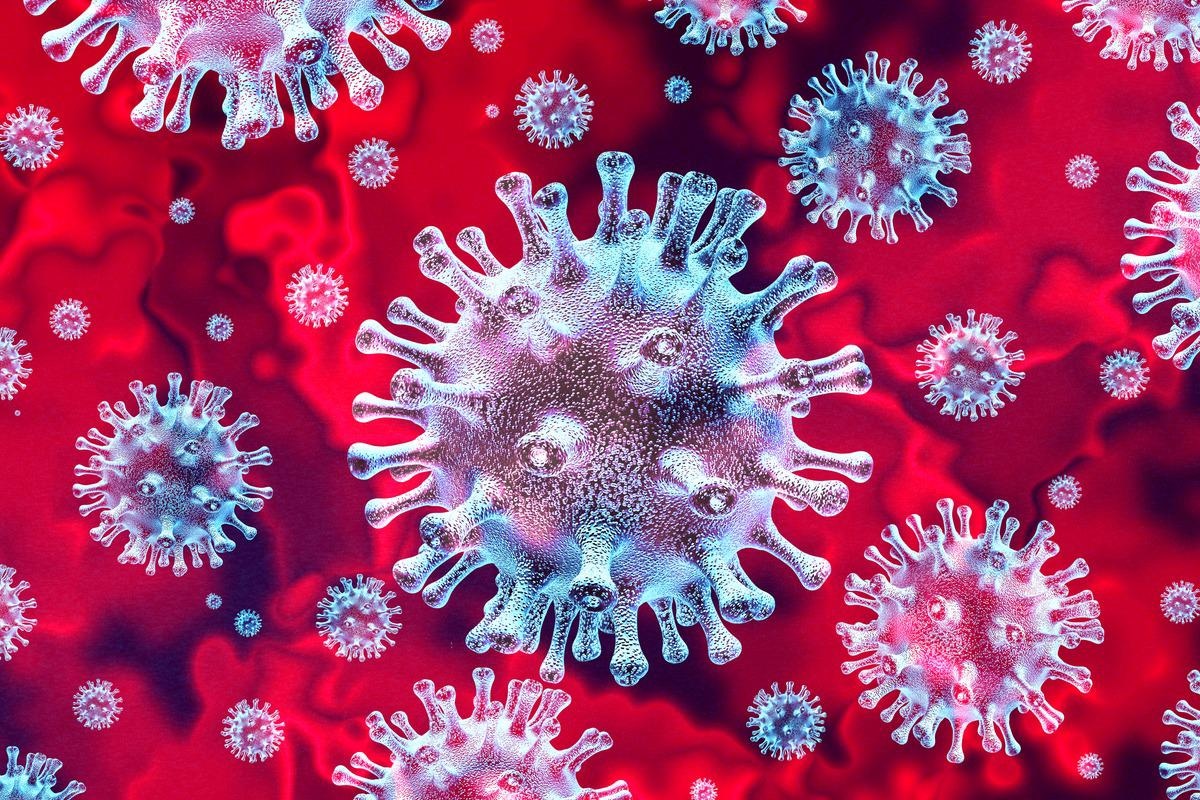In a study published in the latest issue of the journal Genomics, a team of researchers investigated whether the proportion of ribosomal genes displaying differential gene expression (DGE) and differential alternative splicing (DAS) differed between three betacoronaviruses and six other viruses and bacteria.
 Study: Betacoronavirus-specific alternate splicing. Image Credit: Lightspring/Shutterstock
Study: Betacoronavirus-specific alternate splicing. Image Credit: Lightspring/Shutterstock
About the study
Viral-infected cell lines are a commonly used experimental system to investigate host mechanisms and restriction factors, which inhibit viral replication and infection.
In the present study, researchers used experimental and clinical samples (nasal swabs) of human cells infected by a range of viruses and bacteria. They examined the DGE and DAS genes expression in cell lines infected with severe acute respiratory coronavirus (SARS-CoV), severe acute respiratory coronavirus 2 (SARS-CoV-2), and Middle-East respiratory syndrome (MERS), all belonging to the betacoronaviruses family.
Simultaneously, they studied the expression of these two genes in the control group comprised of six other viruses, including influenza virus H3N2, hepatitis C virus, Zika virus, dengue virus, respiratory syncytial virus, and bacterium Streptococcus pneumonia.
For their analysis, the researchers extracted a range of ribonucleic acid (RNA)-sequencing datasets from publically available data from the National Center for Biotechnology Information’s (NCBI) short read archive (SRA). To present a comprehensive survey of alternative splicing associated with infection by betacoronaviruses, they processed RNA-sequencing data to reconstruct gene isoform counts and performed DGE and DAS analysis using the count matrices.
Finally, they integrated the study results using high-level enrichment analysis that included gene ontology (GO), RNA Binding Proteins (RBP)-binding site, and RNA modification enrichment.
Findings
The study analysis showed a significantly higher proportion of ribosomal genes exhibiting DAS in the betacoronavirus sample, further suggesting this infection results in regulatory changes in the transcription of ribosomal genes. The analysis also showed a striking overlap in the functional roles of genes displaying DAS in samples infected with any of the three betacoronaviruses, including in SARS-CoV, SARS-CoV-2, and MERS.
Preliminary studies have shown that SARS-CoV-2 infection suppresses global mRNA splicing, hence infection with betacoronaviruses could induce a greater degree of intron retention. The current analysis showed a higher proportion of intron-retention isoforms in betacoronaviruses-infected cells compared to the control group. Further, DAS genes identified in coronavirus-infected samples had fewer exons than DAS genes in the control groups.
Furthermore, the researchers identified alternative splicing events potentially affecting all the steps of the SARS-CoV-2 infection cycle, including the replication and transcription of the viral genome, the translation of viral mRNA, assembly into progeny virions, and virion release from the infected host cell.
Subsequently, 12.6% of genes that showed alternative splicing in SARS-CoV-2-infected lung tissue were marked to cadherin binding, in three times higher proportion than in the 3.7% gene population with a minimum of one read count.
Differentially spliced genes in the betacoronaviruses sample were also depleted of RBP-binding sites, hence, only 296 RBP-binding sites were enriched for differentially spliced genes across all the betacoronavirus datasets compared to 686 in the other datasets.
In addition, Mann-Whitney analysis showed that among all the RNA modifications, Pseudouridine was the modification for which the difference between the number of betacoronavirus datasets and other datasets was the highest, with p-values of 0.05 and 0.003, respectively. Notably, the p-value, obtained using the hypergeometric test display the RNA enrichment score for different datasets and RNA modifications.
Differential splicing for isoforms of the IFI16 protein, an initiator of different innate immune responses, especially isoforms A and C, have been reported in published literature. However, it is unknown whether isoforms with three (A) or one (C) copy of the spacer region had specific functionality.
The findings of the current study suggested that the cellular response to SARS-CoV-2 infection in the lung involved both upregulation of IFI16 and a shift from isoforms with one spacer region to isoforms with three copies.
Conclusions
Overall, the study presented patterns of alternative splicing of potential relevance for understanding the molecular level dynamics of COVID-19 infection.
Further analysis showed that a diverse range of genes exhibited DAS, which eventually performed a broad range of functions. The enrichment of RNA modifications in DAS genes was observed, primarily in relation to mRNA binding and splicing, gene expression, and endoplasmic reticulum.
The current study identified several associations such as the ones including increased intron retention, depletion of RBP-binding sites in differentially spliced genes, exons affected by alternative splicing with several RNA modifications, and an association of genes affected by alternative splicing with ribosomal complexes.
Journal reference:
- Guy Karlebach, Bruce Aronow, Stephen B. Baylin, Daniel Butler, Jonathan Foox, Shawn Levy, Cem Meydan, Christopher Mozsary, Amanda M. Saravia-Butler, Deanne M. Taylor, Eve Wurtele, Christopher E. Mason, Afshin Beheshti, Peter N. Robinson. (2021). Betacoronavirus-specific alternate splicing. Genomics. doi: https://doi.org/10.1016/j.ygeno.2022.110270 https://www.sciencedirect.com/science/article/pii/S0888754322000155?via%3Dihub